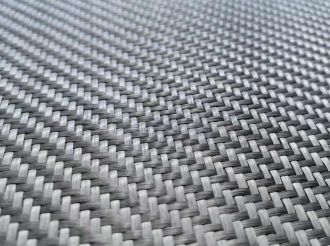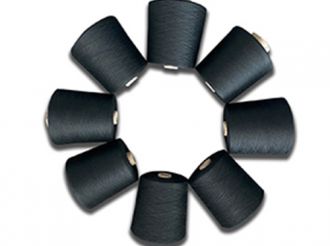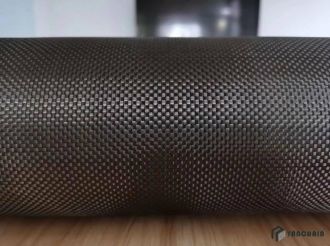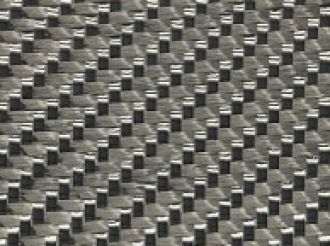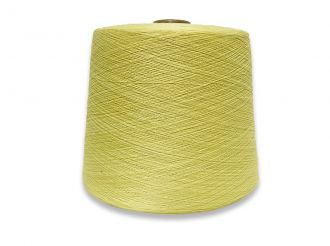航空宇宙分野における弾性率と高弾性炭素繊維の応用とは?
- 2022-04-04
炭素繊維は、航空宇宙分野で広く使用されています。炭素繊維とは、炭素含有量が95%以上で、比弾性率と比強度が非常に高い繊維の総称です。このうち、高強度炭素繊維は高強度(強度4.5 gpa以上)で中弾性率(弾性率は一般に230 gpa ~ 310 gpa)の繊維を指し、高弾性炭素繊維は炭素含有率が98%以上、弾性率が370 gpa以上であるが、強度が低い傾向にある。弾性率や強度の概念がなければ、同じ厚さの棒で、両側が水平に固定されていて、真ん中に重りがぶら下がっているとき、棒の真ん中が曲がっているということがわかります。同じ重量の場合、スティック弾性率が高いほどスティックが下に曲がりにくくなります。強さをどう理解するか。それでもこの棒ですが、真ん中の重さが50kgになり、棒が折れます。すると、棒の断面積で割った50kgが棒の強さになります。
強い材料は強いですか?
構造材料の場合、それはそれほど単純ではありません。例えば、建物が長期間使用されていて、一部の梁や柱が破損していると、建物の剛性が悪くなりますが、ここでの剛性は弾性率に相当します。構造物の剛性が悪いと、同じ外部振動でも対象物の共振周波数が低くなるため、外部の振動源と共振しやすく、共振の振動はある程度有害です。建物の剛性を高めるためには、比較的簡単な補強、柱の厚み、剛性を上げる方法があります。
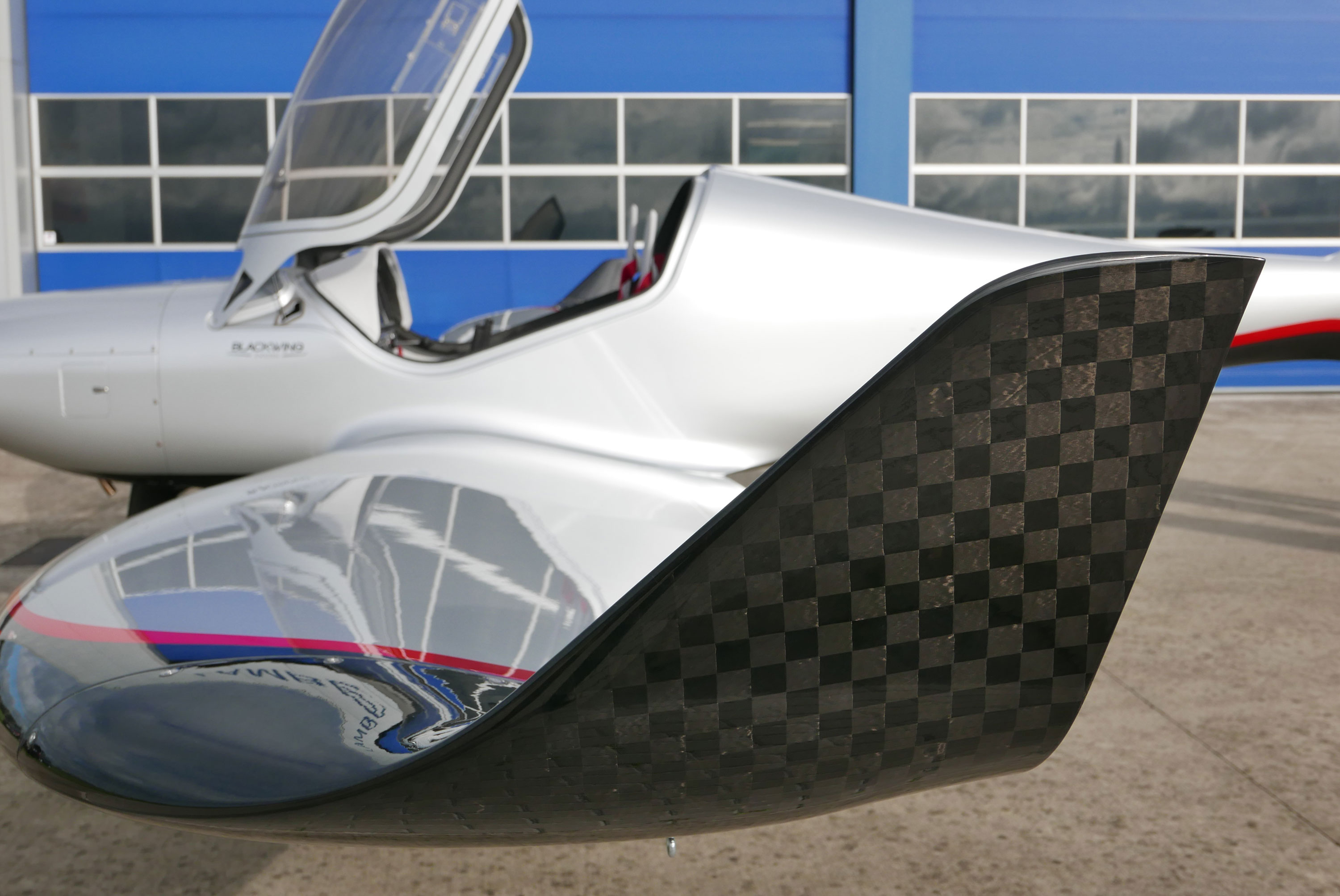
これは航空宇宙産業においても同様である。
In order to make missiles, rockets, and drones reach their targets accurately and stably, it is necessary to ensure the stability of the aircraft during flight. That is to say, "the body must be rigid." So, how to solve it? One of the methods is to make the structure thicker, and the material of the projectile body should be selected with high modulus and thick material, so that the resistance to deformation is strong. However, spacecraft are required to be lightweight, which is a contradiction. At this time, it is necessary to choose light and strong materials, such as carbon fiber powder. At present, many models still use high-strength carbon fiber, that is, carbon fiber with high strength and low modulus. Because this type of carbon fiber can meet the design requirements. However, in some cases, high-strength carbon fibers have excess strength and insufficient modulus. For example, large aspect ratio wings and space vehicle support structures all have one thing in common. The slenderness ratio of the structure is very high, and it is easy to vibrate when it is disturbed during flight. When the frequency of vibration is close to the natural frequency of the structure, the Resonance will occur, which will obviously affect the stability of the aircraft. In order to limit the resonance, it is necessary to increase the low-order natural frequency of the structure, so that no or less resonance occurs during the flight. In order to increase the natural frequency, it is necessary to increase the stiffness of the structure. These applications therefore place very high demands on structural rigidity, as well as stringent weight and volume constraints. At this time, structural designers will "invite" high-modulus carbon fiber to appear. By using high-modulus carbon fiber, the rigidity of the structure can be improved while ensuring the strength under the limited structural weight, making the aircraft more stable. Therefore, we can say that it is the high-modulus carbon fiber that gives the spacecraft its "steel bones".

